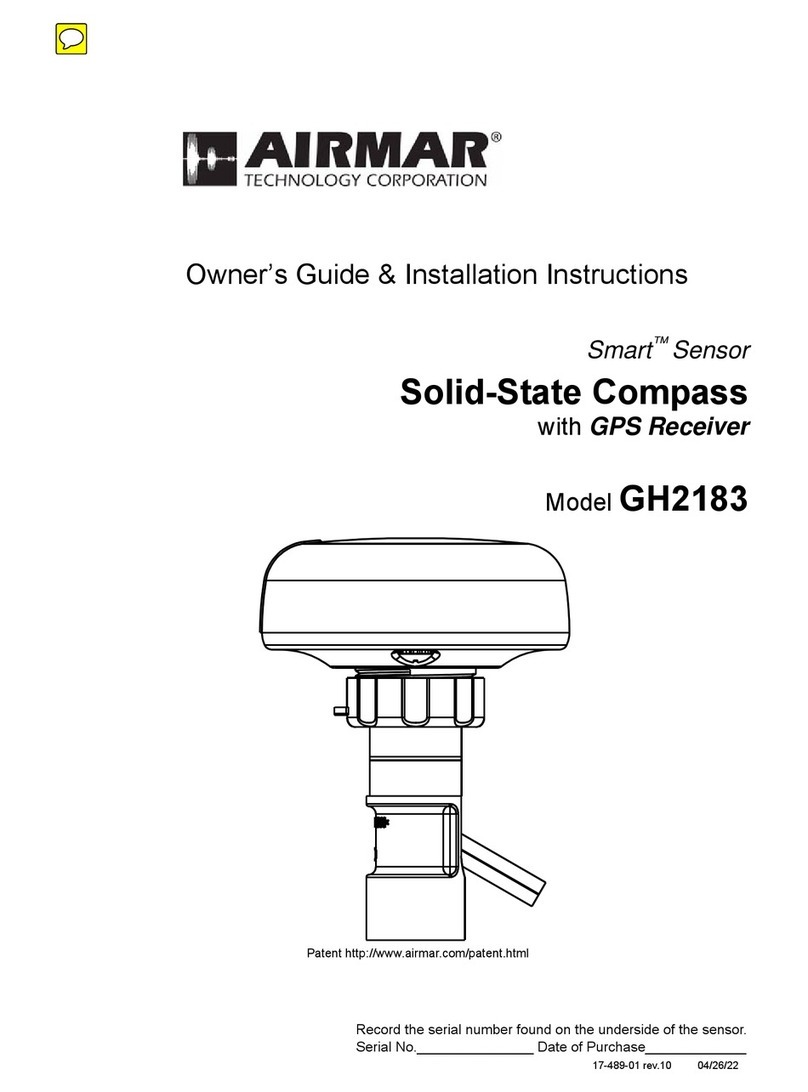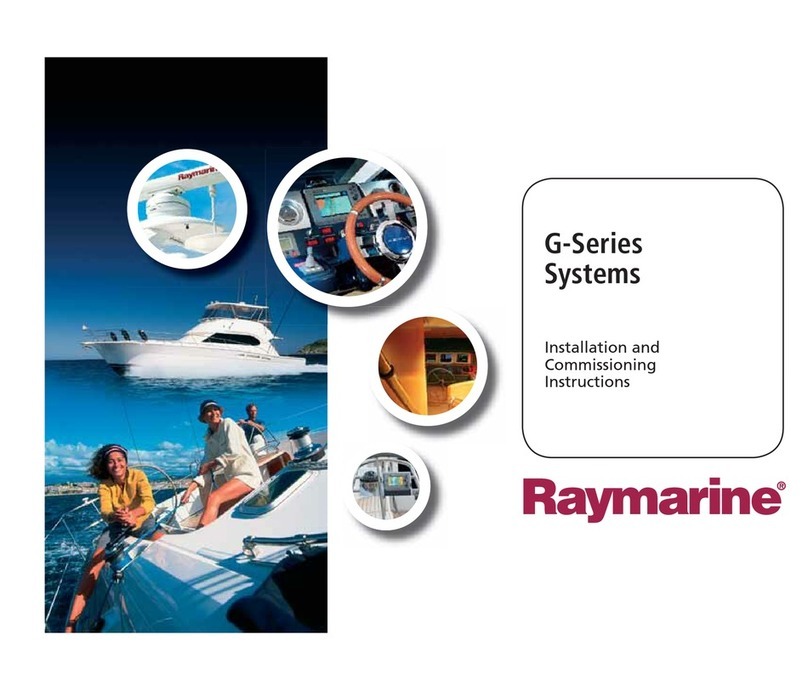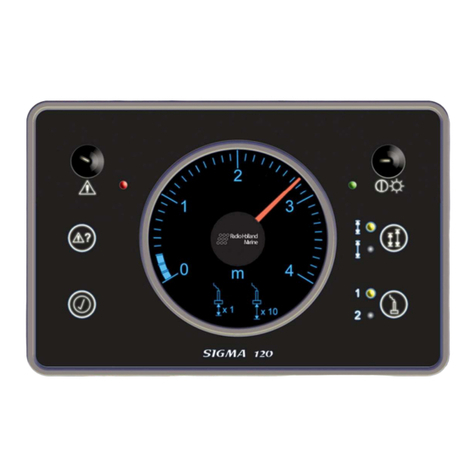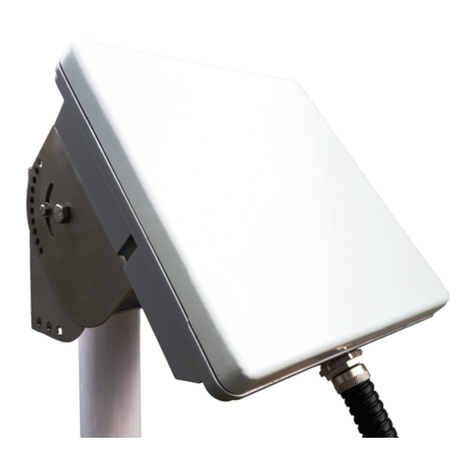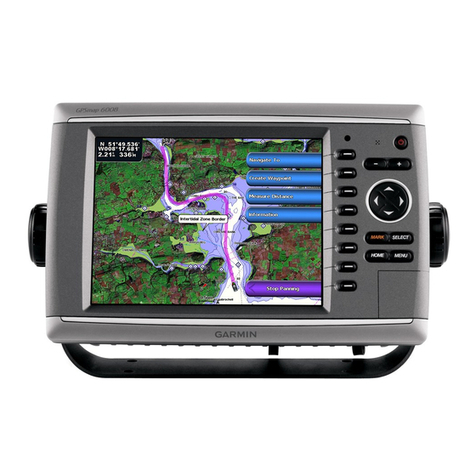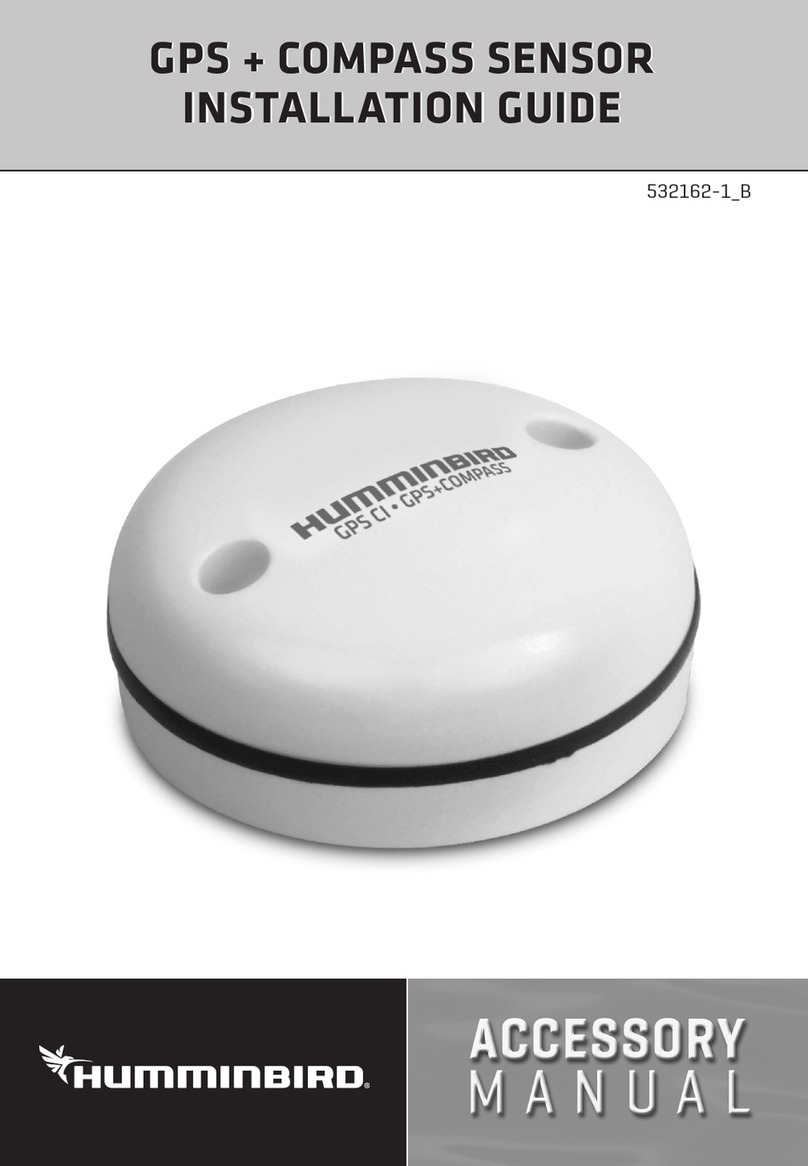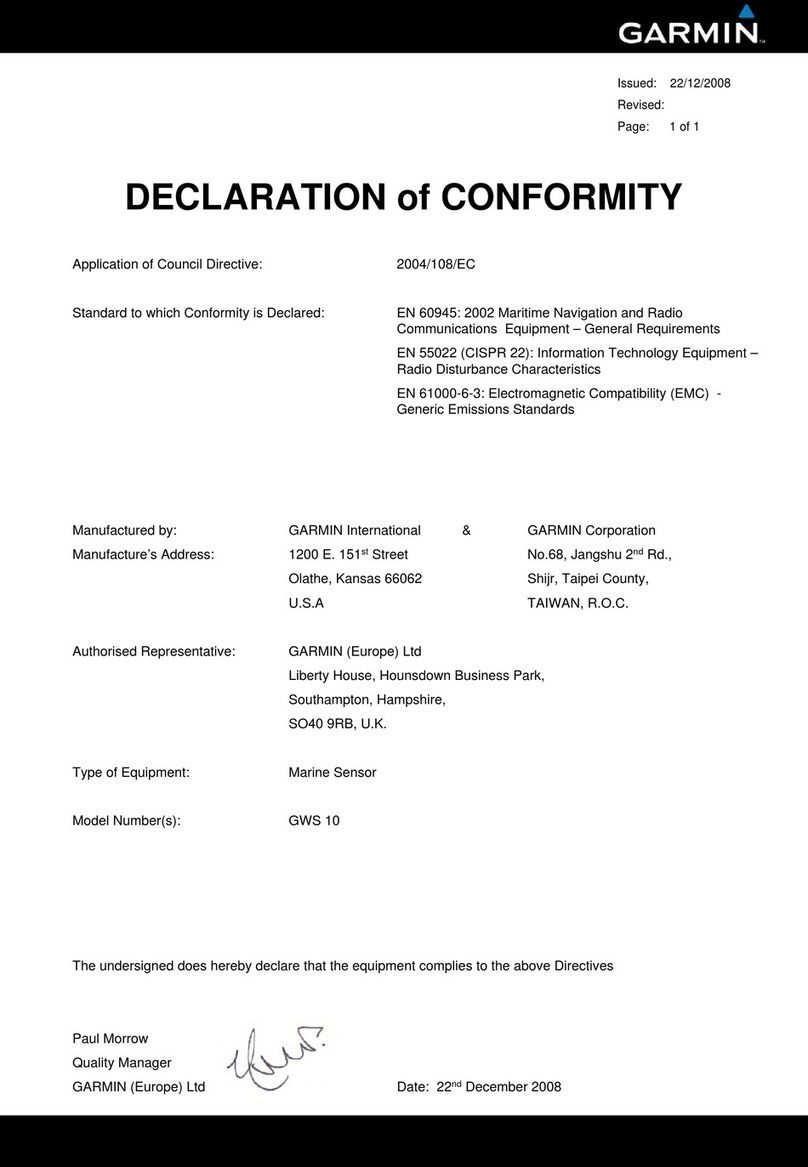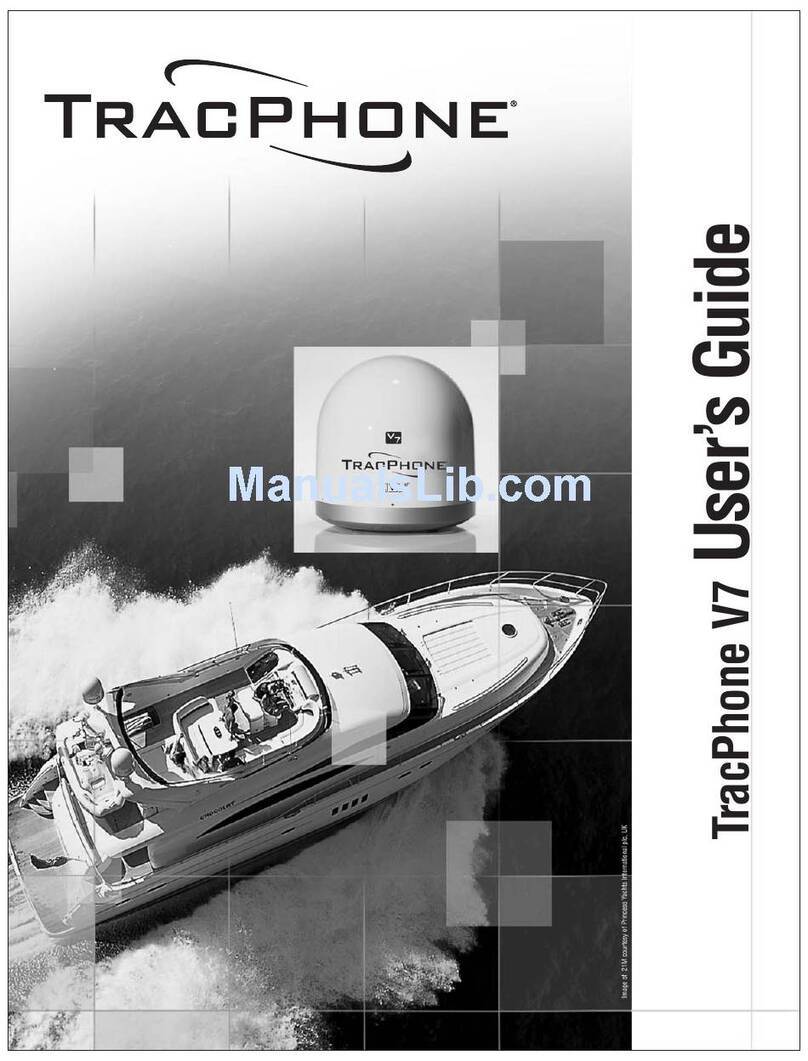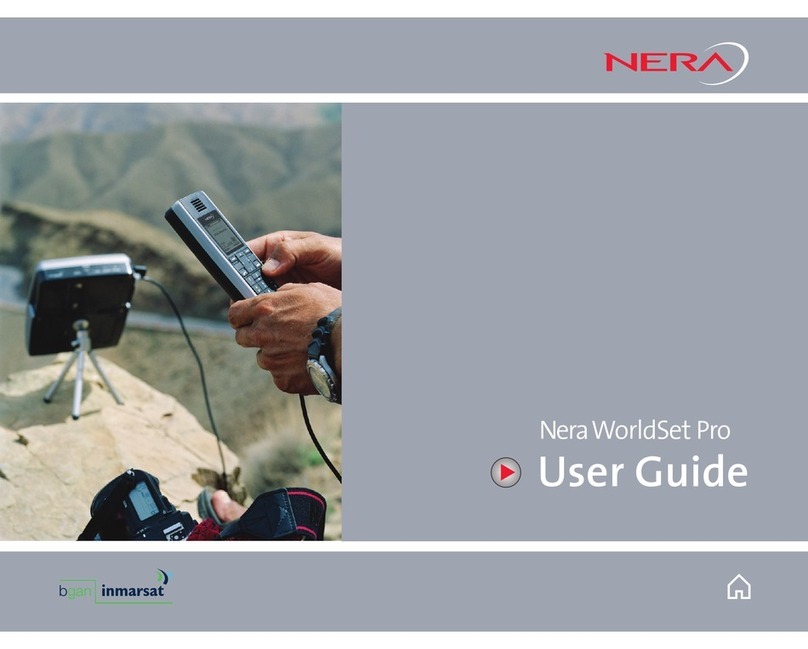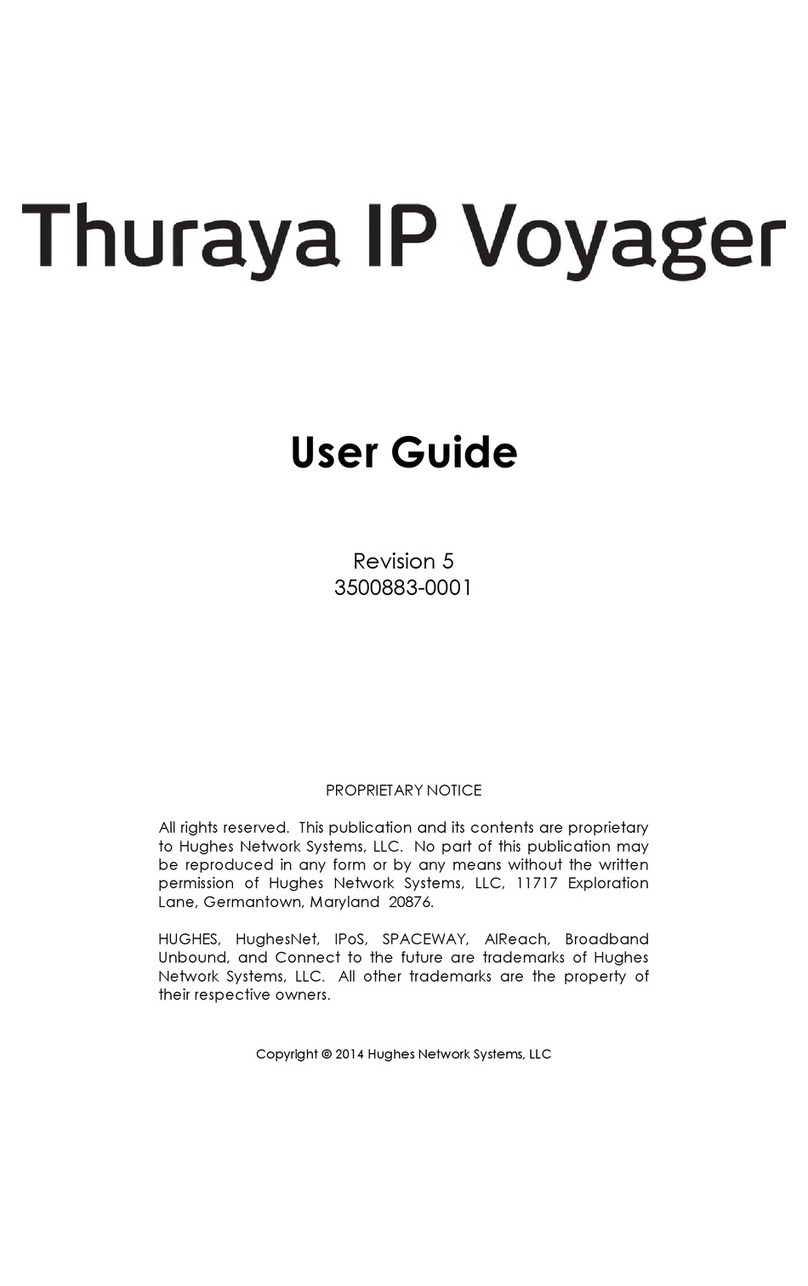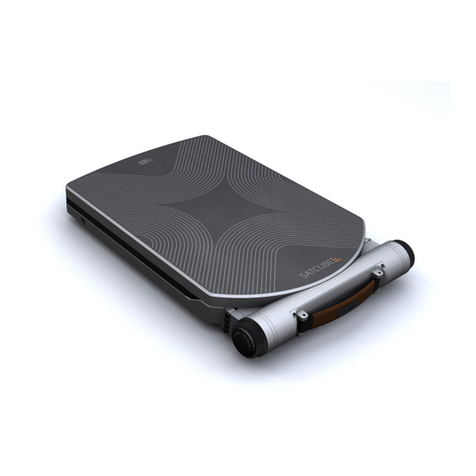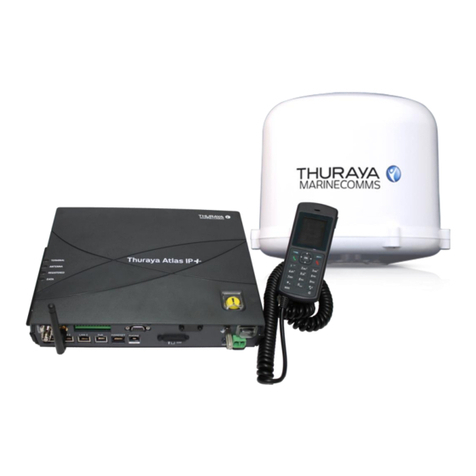LIABILITY AND SAFETY WARNINGS
It is the user’s responsibility to ensure that under all circumstances the equipment is used for
the purposes for which it has been designed.
Electrical Hazard:
Using the equipment enlarges the possibility of electrocution. Contact with high voltages may
result in injury and/or loss of life.
Calibration:
Accurate and correct calibration is of paramount importance for a safe use of the equipment.
The yacht may be placed in danger when incorrect calibration of the equipment has
occurred.
Operational:
Sailmon systems are designed for assistance during navigation proceedings. It is not
designed to replace conventional navigation procedures. Precautions should be taken to
avoid placing the yacht/boat into danger
Sailmon systems are capable of running on power sources up to 30VDC. A higher or
different power supply can and will lead to permanent damage to the system and equipment.
NMEA 2000 equipment is designed for use with a power supply source of 12VDC. The
application of any other power supply may result in permanent damage to the NMEA 2000
equipment.
Caution: Display Installation
Displays installed into locations manufactured from conductive materials (e.g. Steel, Carbon
Fibre etc.) should be insulated from the structure to prevent damage to the casings as a
result of the effects of electrolysis.
Caution: Processor Installation
All Sailmon processors should be installed below decks in a dry location protected from
water and moisture.
Power Off Disclaimer
When in standby mode, the E4 still consumes a little power. If you leave it for too long
without shore power, it could drain the battery.
Caution: Cleaning
When cleaning this product:
● Use a clean soft dry cloth to wipe the screens and ideally use isopropyl alcohol (IPA)
for removing oil based pollution.
SAILMON
Page 6
